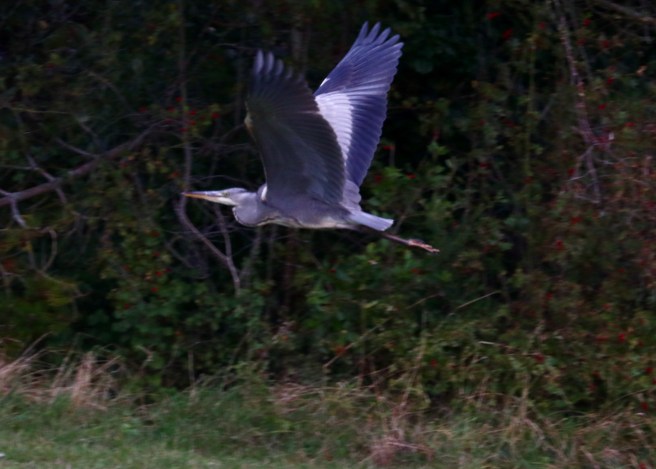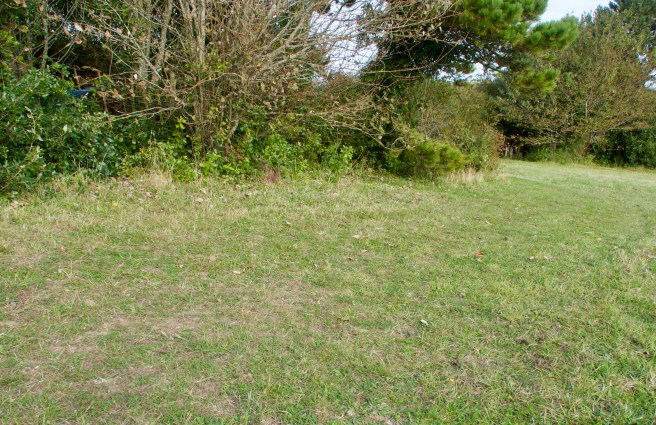
The tractor has been been repaired, serviced and returned and now the race is on to get the four acre second meadow cut whilst the weather still holds. But by this point in the year the field is generally too wet with dew to be harvested in the mornings without clogging the tractor, and it is only after lunch that work can commence.
The annual cut is vital to the health of a flower meadow but there is no doubt that it can be a catastrophic event for many of the small animals that are sheltering in amongst the tall vegetation.
A pair of Kestrels have been perched up watching the proceedings with rapt attention, hoping to spot any rodents that have become exposed by the cutting process:



Kestrels need to eat between four to eight voles a day, depending on the time of year and how much energy-consuming hovering they have to do. Here is the female with a vole, as viewed from the tractor:


The Kestrels have also been turning up on the trail cameras. The female has got a bumblebee in her left claw here which is a new and interesting bit of information for me:

And this is the male:


You get to see a lot of wildlife whilst driving the tractor up and down the meadow for many hours. The resident corvids here tolerate Kestrels and Sparrowhawks but any other raptor is swiftly escorted off property. A Buzzard flew in close, hotly pursued by two Crows:



A flock of Goldfinch came down to eat Knapweed seeds. Sections of the meadow are left uncut every year on a rotational basis and we always try to leave some Knapweed areas for the birds.

The small flock of Goldfinch also appeared on a trail camera:

A very large frog was uncovered and rescued. What a monster this one was:

The male Herring Gull and his offspring were photographed from the tractor. I wonder how long this young bird will stay with its parent while it learns the ropes?

The pair have appeared many times on the trail cameras this week:

In fact they are waiting for us every morning as we walk up to scatter seed at the cages. But it has been some time now since the colour-ringed female gull has been seen.
On Sunday morning Swallows and House Martins were swooping over the meadows, readying themselves for their migration south. But we also saw flocks of Starling flying in off the sea and these are arriving rather than leaving. I went out with my big camera to see if I could photograph all this bird movement but instead spotted a Grey Heron down at the wild pond.

Our British Grey Herons are mostly resident throughout the year but they are joined for the winter by herons from the colder parts of Europe. These birds arrive on the east coast of Britain in the autumn and my guess is that this is a migrating bird hoping to feed up on our frogs after a long journey.
I was fifty metres away but still the heron didn’t like me pointing my big lens in its direction:

I have had another go at pulling reeds out of the wild pond. The water is much deeper now than when I last did this two or three weeks ago:

I will leave the pulled reeds close to the pond for a day for any displaced animals to make it back into the water. The reeds will then be stacked near the badger sett for the badgers to take as bedding – they love these reeds

This grassy area near the tree copses only ever has sparse vegetation with patches of bare earth showing:

A lot of insect holes and fresh diggings have appeared here:

I waited to see what was coming in and out of these holes and found that it was an Ivy Bee colony. These bees were discovered as new to science as recently as 1993 but, since then, have been recorded over much of Europe. They were first seen in the UK in 2001 in Dorset and have spread quickly, now being found throughout southern Britain. Being new arrivals, they are here before any of their specific predators (such as the Ivy Bee Blister beetle, which has got to the Channel Islands but not yet onto mainland Britain) and this has probably allowed them to colonise so rapidly. I couldn’t find any reference to them harming any of our native species and it seems that these late-flying, Ivy-loving bees have slotted into a niche that was generally otherwise unoccupied.

These bees do like to nest in colonies but they are solitary bees meaning that each bee has her own nest hole. The hole can be a foot deep with up to eighteen brood chambers that are lined with her protective and waterproof saliva and each provisioned with pollen, onto which she lays a single egg. The egg hatches into a larva that feeds off the pollen and then pupates, the adult not emerging until next autumn.
A late Southern Hawker Dragonfly resting up in the weak October sunshine. This is a male and I love his spotty blue eyes:

This photo was taken by my sister-in-law of a very showy caterpillar that she found on her post box this week. It is the caterpillar of the Pale Tussock Moth and, although I often catch the adult moths in my trap, I have never seen the caterpillar before. What is the purpose of that red tail tuft? This is a fully grown caterpillar that has finished feeding up and is now wandering around looking for somewhere to pupate over winter:

What an amazing looking thing.
Here we are, it’s now Monday afternoon and the tractor has done its job and the meadow is finally declared cut. The harvest is over for another year and not a moment too soon since the weather is forecast to be deteriorating later on today.


Over in the wood, we have been hacking back dogwood to keep open a clearing that was becoming overgrown. A trail camera captured the work in progress:

We have now installed a cheap but cheerful picnic table at the edge of the clearing and we can imagine ourselves sitting there next summer with a cup of tea, possibly some cake as well, and surrounded by woodland butterflies:

Other photos from the wood this week:






I finish with this morning’s sunrise over the sea. What an uplifting way to start the day:

